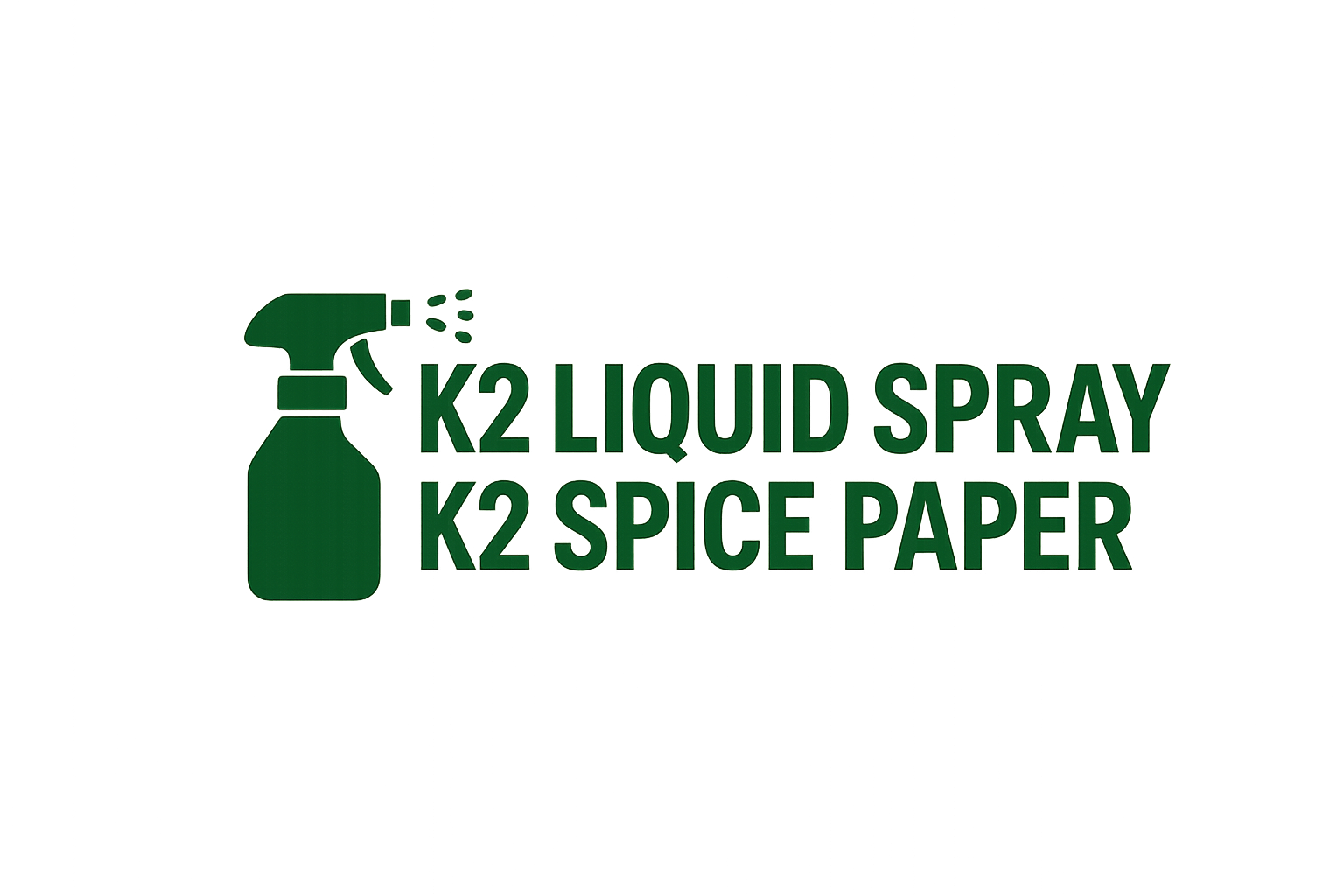Description
K2 paper in prison is a growing issue in correctional facilities across the globe. K2, also known as synthetic cannabinoids or “spice,” is often sprayed onto sheets of paper and then smuggled into prisons disguised as harmless letters, documents, or books.
Once inside, the paper can be torn into small pieces and consumed or traded, making it a dangerous form of contraband. Reports show that K2 paper in jails and prisons has contributed to inmate health problems, overdoses, and increased security risks.
Authorities are now working on advanced detection methods to prevent K2-infused sheets from entering facilities. Raising awareness about the dangers of synthetic paper in prisons is key to improving safety for both inmates and correctional officers.
Key Points
-
K2 paper is often disguised as mail or books in prisons
-
Synthetic sheets are consumed or traded among inmates
-
Linked to overdoses, erratic behavior, and violence
-
Difficult for prison staff to detect with standard checks
-
Growing global concern in correctional systems
FAQs
What is K2 paper in prison?
It refers to sheets of paper sprayed with synthetic cannabinoids (K2/spice) that are smuggled into correctional facilities and consumed by inmates.
How does K2 paper get into prisons?
Often disguised as legal mail, letters, or books, the infused paper is smuggled past security.
Why is K2 paper dangerous in prisons?
It can cause severe health problems, overdoses, unpredictable behavior, and violence among inmates.
How do prisons detect K2 spice paper?
Facilities are adopting new detection technologies and stricter mail-screening processes to stop smuggling.
Is K2 paper a problem worldwide?
Yes, correctional facilities across the US, UK, and other countries report rising cases of K2-infused sheets being smuggled into prisons.





Reviews
There are no reviews yet.